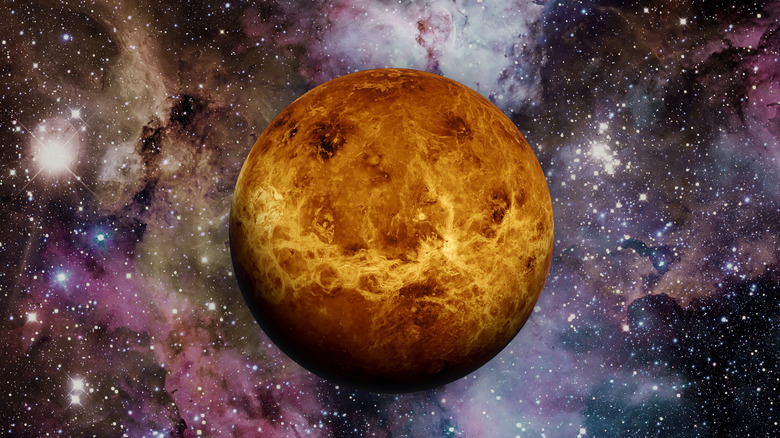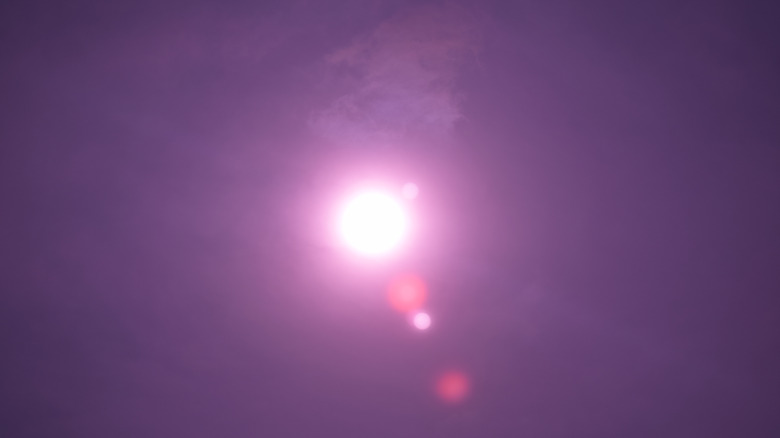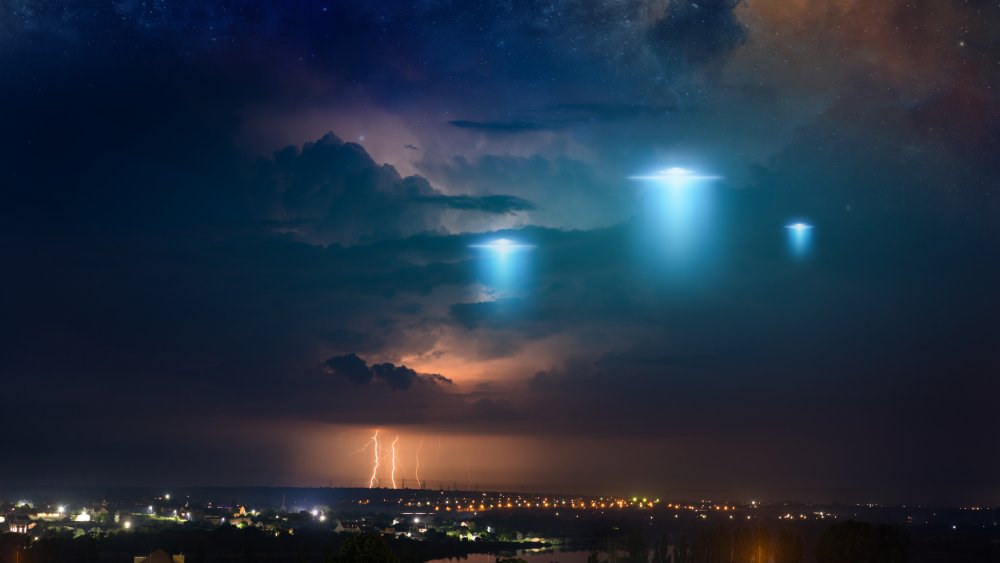
The Truth About The Longest Living Stars In The Milky Way
Stars are incomprehensibly big, and there is an incomprehensibly big number of them in our universe. To make matters even harder for the human mind to grasp, the oldest stars are also the most common: red dwarfs (via Space). Red dwarfs litter the universe but don’t appear in the night sky as they’re too dim to see with the naked eye, despite the fact that 20 out of the 30 closest stars to Earth are red dwarfs.
There is no exact definition for a red dwarf. Rather, it applies to a range of star types that are on the cooler side (relatively speaking) and at the dwarf stage of a star’s lifespan. This includes brown dwarfs, which are “failed” stars that do not maintain hydrogen production in their cores. As some of the smallest stars, they are about half the mass of our Sun at their largest and less than a tenth at their smallest. Their small size means they burn less intensely, and the cooler temperature means they burn hydrogen more slowly. This gives the little stars the longest lifespan out of any celestial body.
Red dwarfs prevent themselves from becoming red giants
In their main sequence, red dwarfs have a lifespan of 100 billion years. Their total lifespan is in the trillions, compared to the 10-billion lifespan of sun-like stars (via Swinburne). They are completely convective, meaning that energy cooked up from a red dwarf core is sent to the surface, where it cools down before returning to the center. This means that no helium builds up in a red dwarf’s core — a requirement for the red giant phase that our sun will go through billions of years in the future. Instead, once the hydrogen runs out, the star collapses on itself and becomes a white dwarf.
Red dwarfs are hard to distinguish from brown dwarfs, which never reach the fusion stage and aren’t considered stars at all. The main way scientists distinguish between the two is by measuring their atmospheres. Finding certain temperatures or chemicals is key in determining their classification. And determining which dim stars are red dwarfs is important as they can be used to locate hospitable planets. Notably, smaller, Earth-size planets can orbit them at close distances and still support organic life. Indeed, the next step in the search for alien life may be in the hands of a red dwarf star.

What You Didn't Know About New York City's Poop Train

This Iconic Marilyn Monroe Scene Might've Led To Her Divorce

How American History Classes Lie About WW1

What Are The Longest And Shortest Verses In The Bible?

According To The Bible, How Long Was Jonah Inside The Whale?

How Many Wives Did Joseph Smith Really Have?

This Might Happen To Your Body If You Land On Venus

The Unnecessary Organ 10% Of Human Beings Have

32% Of People Think This Band Would Give The Worst Prom Performance

The Real Reason Dancing Was Once Illegal























